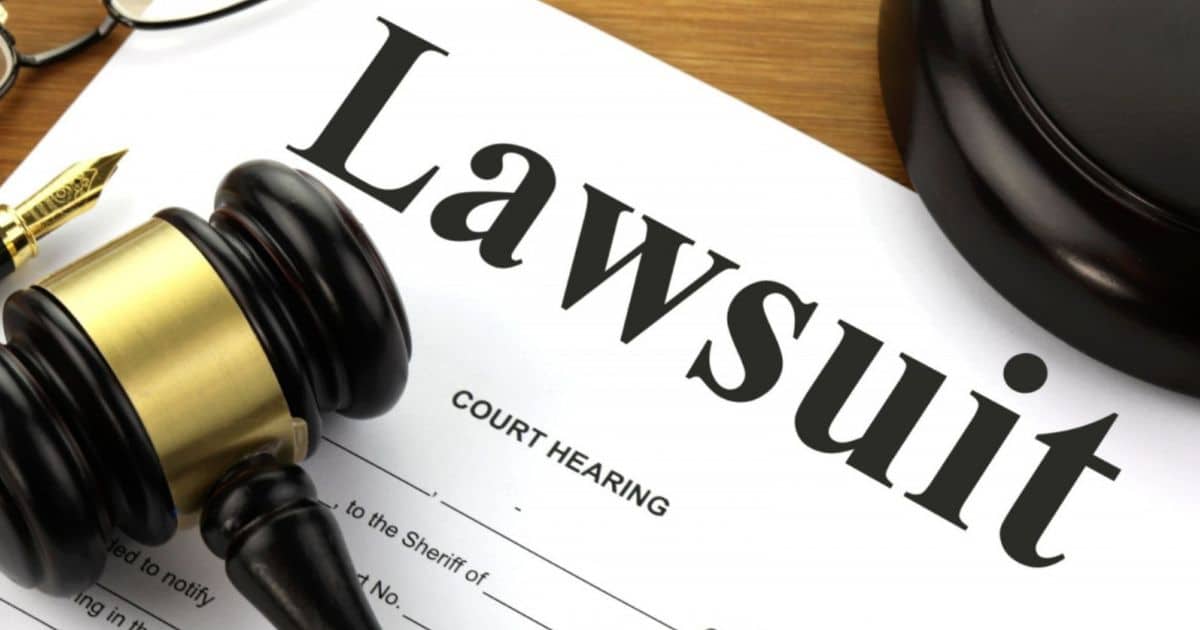What is CPAP, and why is it making headlines in legal news? Continuous Positive Airway Pressure (CPAP) devices are essential in treating sleep apnea.
These machines, designed to provide steady airflow to prevent breathing interruptions during sleep, are crucial for millions worldwide. However, recent times have seen a significant increase in lawsuits connected to these devices.
In this article, we aim to delve into the intricacies of the CPAP phenomenon, discussing questions like “What is a CPAP lawsuit?”. This will help explore the underlying reasons for these legal battles and their broader implications.

While we unravel this issue, it’s essential to understand that CPAP lawsuits are more than just legal disputes; they reflect a critical intersection of healthcare innovation and patient safety.
Overview of CPAP Devices
Continuous Positive Airway Pressure (CPAP) machines are a cornerstone in the battle against sleep apnea, a condition where breathing pauses or becomes shallow during sleep. These devices deliver a constant stream of air through a mask, keeping the airway open and ensuring uninterrupted breathing.
This functionality is crucial for the countless individuals affected by sleep apnea, a condition more common than often realized. The market offers a variety of CPAP machines, with brands like ResMed, Philips, and Fisher & Paykel leading the way, each providing different models tailored to individual needs and comfort preferences. These machines’ widespread use and diversity underscore their integral role in managing sleep apnea effectively.
The Origin of CPAP Lawsuits
The origin of CPAP lawsuits can be traced to alarming reports and incidents concerning the devices’ safety and efficacy. Key among these were issues of malfunction and potential health risks.
Specific cases highlighted problems like device breakdowns and, more worryingly, releasing harmful particles or gases. Such reports rapidly escalated public concern, leading to legal action.
Users reported experiencing adverse health effects, which they attributed directly to their CPAP devices, sparking a wave of lawsuits as they sought accountability and reparation for these unexpected complications.
Reasons for Filing Lawsuits
Health Concerns
CPAP users reported health concerns, with issues ranging from respiratory problems to more severe risks like cancer. Users have reported experiencing symptoms such as coughing, chest pain, and sinus infections suspected to be linked to the use of CPAP machines.
Additionally, there’s growing unease about the potential long-term exposure to certain chemicals or materials used in these devices, with some studies suggesting a possible connection to cancer risks.
These health concerns are not just anecdotal; several medical reports and studies are beginning to draw correlations between prolonged CPAP use and these adverse health outcomes, fueling the urgency and volume of the lawsuits.
Manufacturer Liability
A significant aspect of the lawsuits is the allegations against manufacturers for negligence and failure to warn users about potential risks adequately. Plaintiffs argue that manufacturers knew or should have known about the dangers associated with their products.
This situation has been compounded by various recalls and public notices issued by manufacturers and health authorities, acknowledging defects or harmful effects of certain CPAP models.
These actions have further bolstered liability claims, with users feeling left in the dark about the risks associated with a device they relied on for better health. The combination of health concerns and perceived manufacturer negligence forms the crux of the ongoing legal battles surrounding CPAP devices.
Legal and Regulatory Response
The legal landscape in response to CPAP lawsuits rapidly evolves, with major lawsuits filed across various jurisdictions. These cases, many of which are still in progress, primarily focus on claims of health damages and manufacturer negligence.
The U.S. Food and Drug Administration (FDA), an essential regulatory body, plays a pivotal role in scrutinizing the safety and compliance of CPAP devices. In response to these legal challenges, manufacturers have initiated changes, including product recalls and updates to safety information.
While addressing immediate safety concerns, these actions also reflect a broader commitment to comply with regulatory standards and restore user trust.
Conclusion
While CPAP machines offer invaluable benefits in managing sleep apnea, the emerging lawsuits highlight the need for a balanced perspective on their use. It’s essential to weigh their significant health advantages against the potential risks.
This situation underscores the importance of continued vigilance from users and manufacturers and the need for ongoing research and development to ensure these devices remain effective and safe for those who rely on them.
